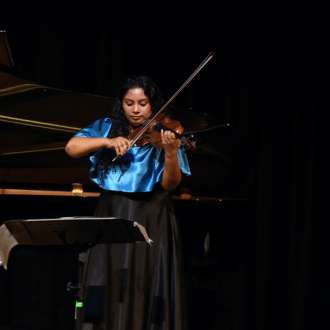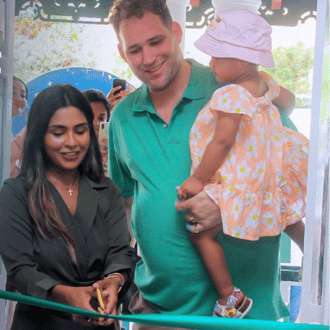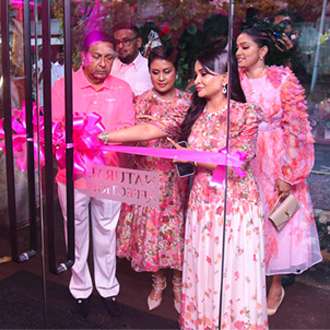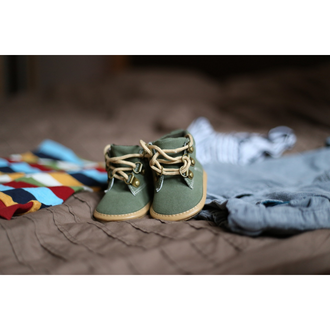
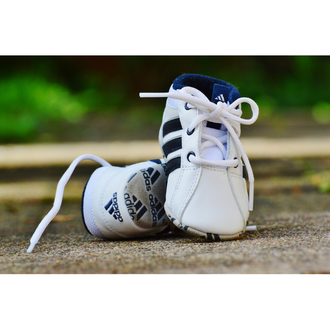
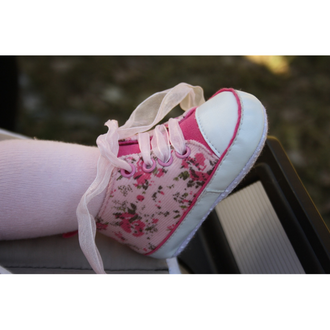
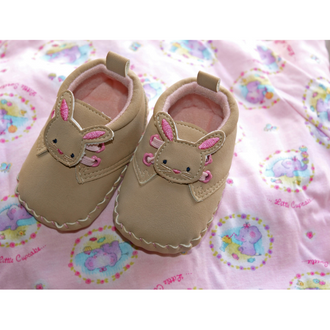
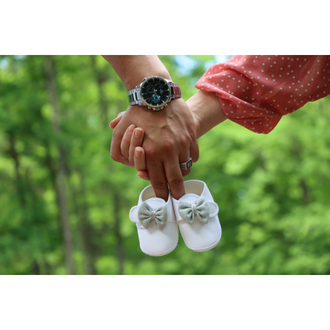
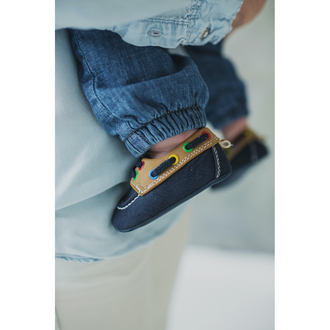
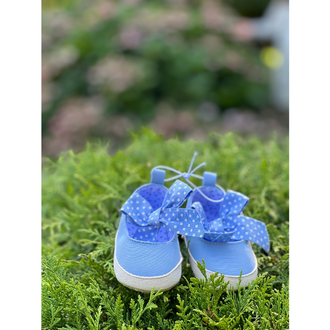
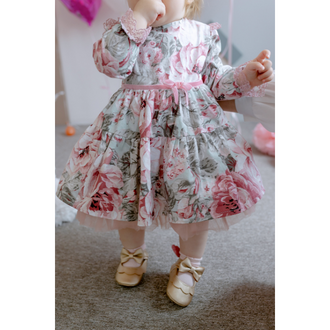
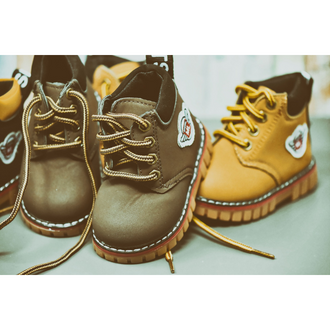
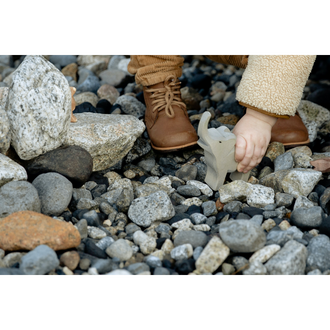
When your baby takes their first wobbly steps, which can happen anywhere from around 9 to 18 months, it's a momentous occasion for the whole family. It is also a crucial indicator of how well they're developing physically and it enables them to explore new surroundings and become more independent. As they practise this new skill of walking, our little ones not only develop their sensory system to achieve and maintain balance, but they also become familiar with their various body parts and learn how to use them together and co-ordinate their movements.
Despite your understandable excitement at the prospect of seeing your infant in their first pair of shoes, while your toddler is inside the home you should keep them barefoot as much as possible. This promotes healthy foot development. Too often, little feet are squeezed into shoes before they need to be, those shoes may not be the right size, and of course, the feet are constantly growing. So let the child feel and wiggle their toes as they discover the many interesting sensations that come from simply placing their feet on the floor.
After your little one has mastered walking for extended periods of time, it's time to shop for some funky baby footwear. You'll probably be wondering what kind of foot gear is appropriate, safe, and comfortable for your child to wear. Finding the right shoe size may also be challenging. As a general guideline, here are some of the things you’ll want to keep in mind when shopping for footwear for toddlers:
· A wide toe box: To ensure appropriate foot development, the toes should have plenty of room to spread out, just as they would if your child were barefoot, rather than being crammed together.
· A flexible sole: As your child starts to walk, a sole that is too firm may prevent natural muscle growth and stability. Look for a rubber sole that is softer in the middle and flexible at the toes.
· A zero-drop sole: This is a lightweight shoe that is flat, meaning the heel and the toe are at the same level which is the best option for proper foot development.
· Some traction: When taking a baby outside for the first time, you will want to equip them with shoes that provide enough grip. As they get older, you will need the bottom of the shoe to have some traction as they learn to negotiate outside terrain.
· A Velcro strap: Although not strictly necessary, a Velcro strap can offer additional stability, especially when positioned closer to the heel.
· A tongue: It is much easier to put a baby's shoe on and off their feet if the tongue of the shoe pulls out significantly.
· Waterproof or breathable material: Great for all types of weather conditions.
· An accurate size: Look at the brand's sizing guides or go to your local shoe shop and have your baby's feet measured. You will need to know the width as well as the length. Youngsters’ feet grow quickly, and we recommend that you remeasure your toddler’s feet every 6 to 8 weeks.
Congratulations on this fun and exciting milestone in your baby’s life!
#babyshoes #toddlerfootwear #firstwalkingshoes #infantshoes #firststeps #walkingshoes #footdevelopment



